
Video
Bennett discusses new designs, special occasion baskets customers request, and uses of pine needle, sweetgrass, and palm in basket weaving.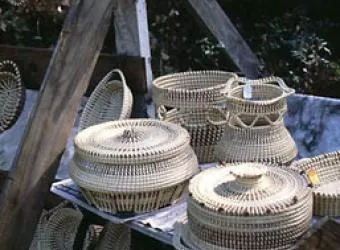
Basketmaking in South Carolina reflects the blending of Native American, European and African traditions to create two predominate types of baskets - the coiled baskets of the Lowcountry and woven baskets of the Piedmont and Blue Ridge. Native Americans used river cane to plait baskets, mats and fish traps. Europeans maintained Old World techniques and forms, adapting them to new materials like white oak to weave their harvest baskets and clothes hampers. On the coast, enslaved Africans brought their knowledge of rice production and introduced coiled basketry using local sweetgrass, bulrush, palmetto, and pine needles. Today, traditional basketmakers have adapted their forms to a changing market and most baskets are made for decorative use.
Content is provided by McKissick Museum, University of South Carolina.
For further information about any of the artists featured on Digital Traditions, send your questions and comments to hallagan@mailbox.sc.edu.

Video
Bennett discusses new designs, special occasion baskets customers request, and uses of pine needle, sweetgrass, and palm in basket weaving.
Video
Snype and Eartha Lee Washington find more value and meaning in using the traditional sweetgrass than the more widely available bulrush. Video is provided by McKissick Museum, University of South...
Video
John Derrick talks about the skills he learned from his father.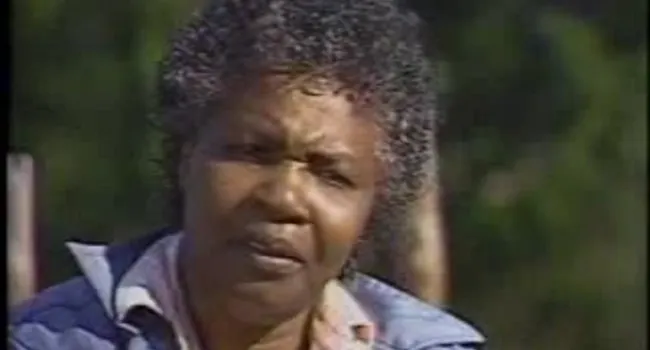
Video
Snype and Washington discuss the innovations in sweetgrass basket design and the progression through various basket types. Video is provided by McKissick Museum, University of South Carolina.
Video
Derrick finishes the rim on a split oak basket and prepares to attach the handle.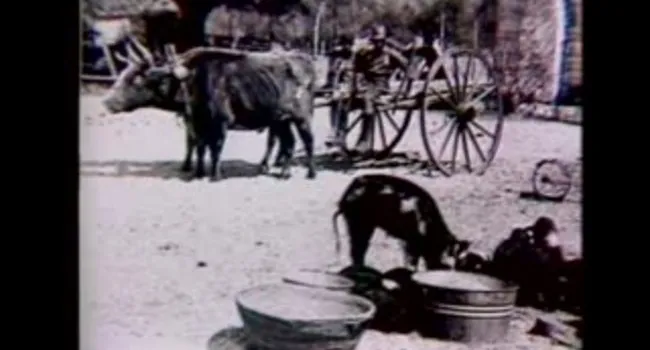
Video
Bennett’s family used sweetgrass baskets for corn and rice, but mostly the baskets were sold to supplement family income.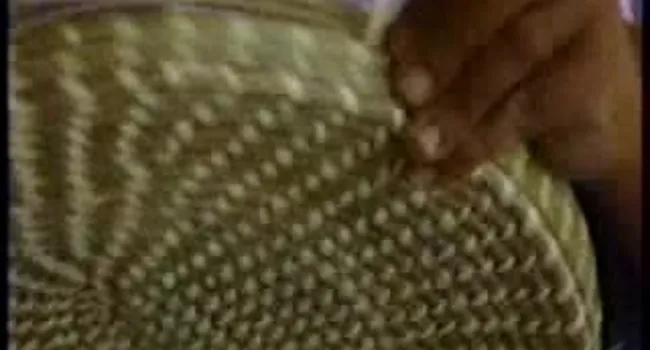
Video
Bennett provides a history of basket making at the Boone Hall rice plantation and the uses of the fanner basket.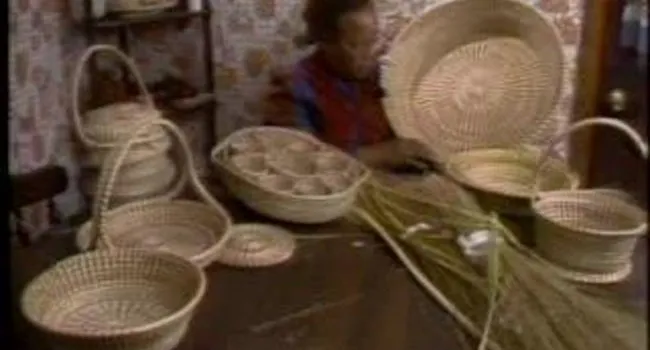
Video
Bennett relates how the children in her family would help her mother make baskets by beginning the bottoms.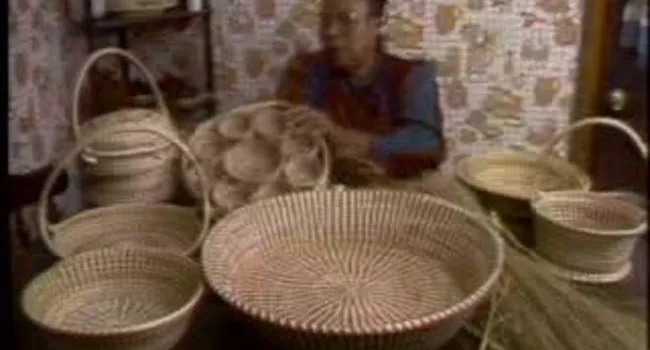
Video
Bennett identifies and gives the usage for the baskets she makes.